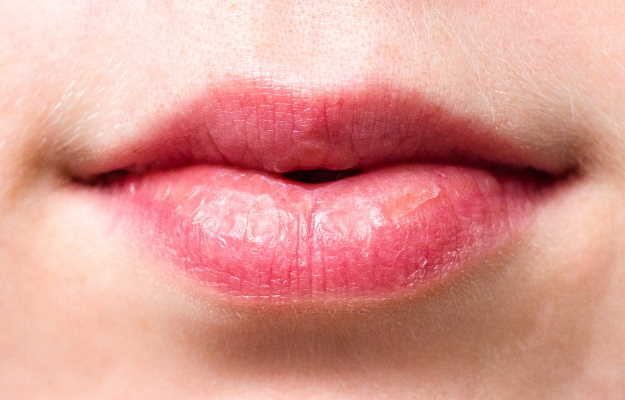Angular cheilitis is an inflammatory condition that can affect one or both sides of the mouth. It causes small, swollen patches where your lips meet and form an angle. Also known as angular stomatitis sometimes, this condition is seen in people of all age groups, including infants.
The condition can last for days, and sometimes, months. Having angular cheilitis can be painful since the skin is breaking down or crusting. Continue reading to find out more about the causes, symptoms and everything else there is to know about this condition.

 Doctors for Angular cheilitis
Doctors for Angular cheilitis 



































